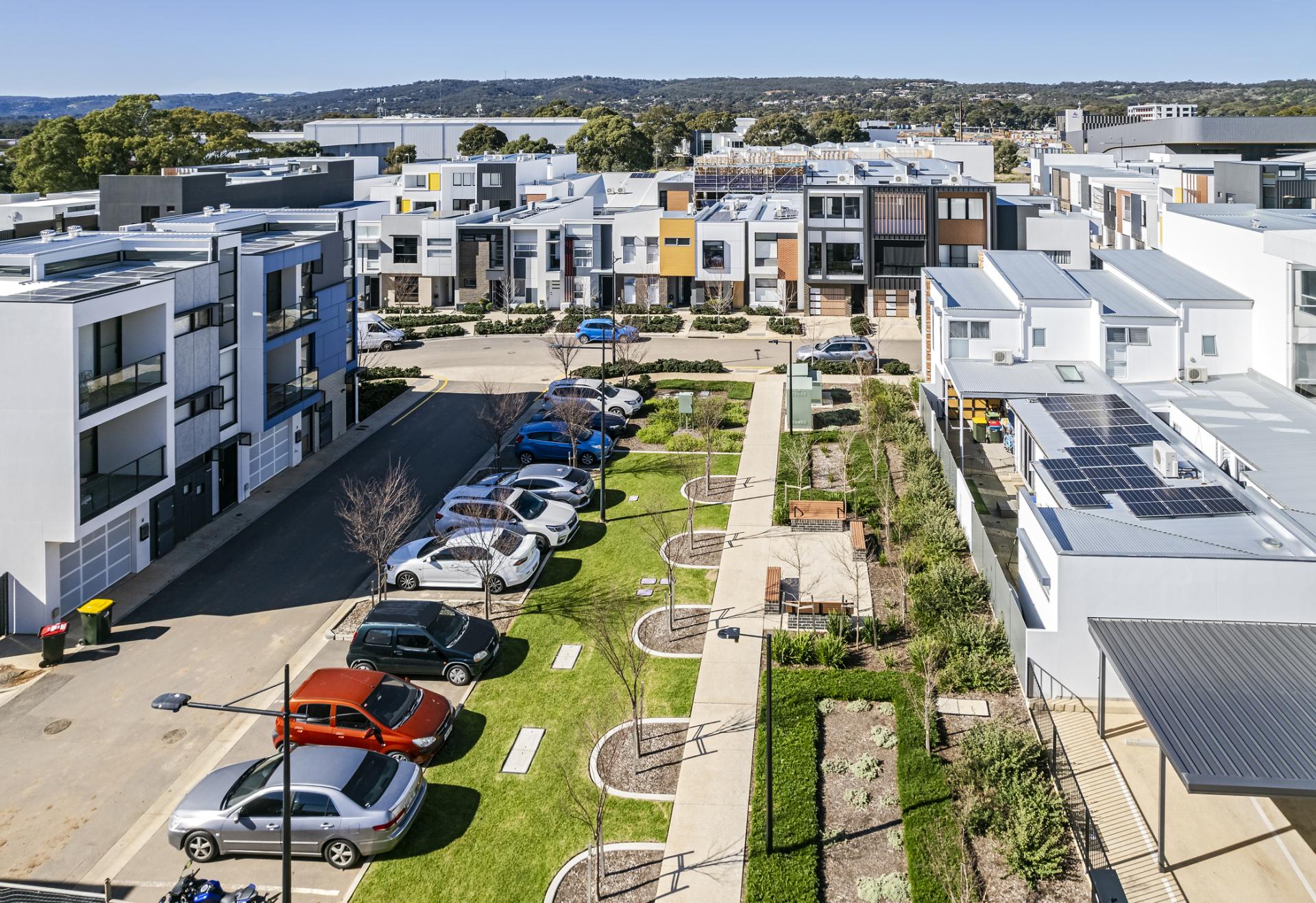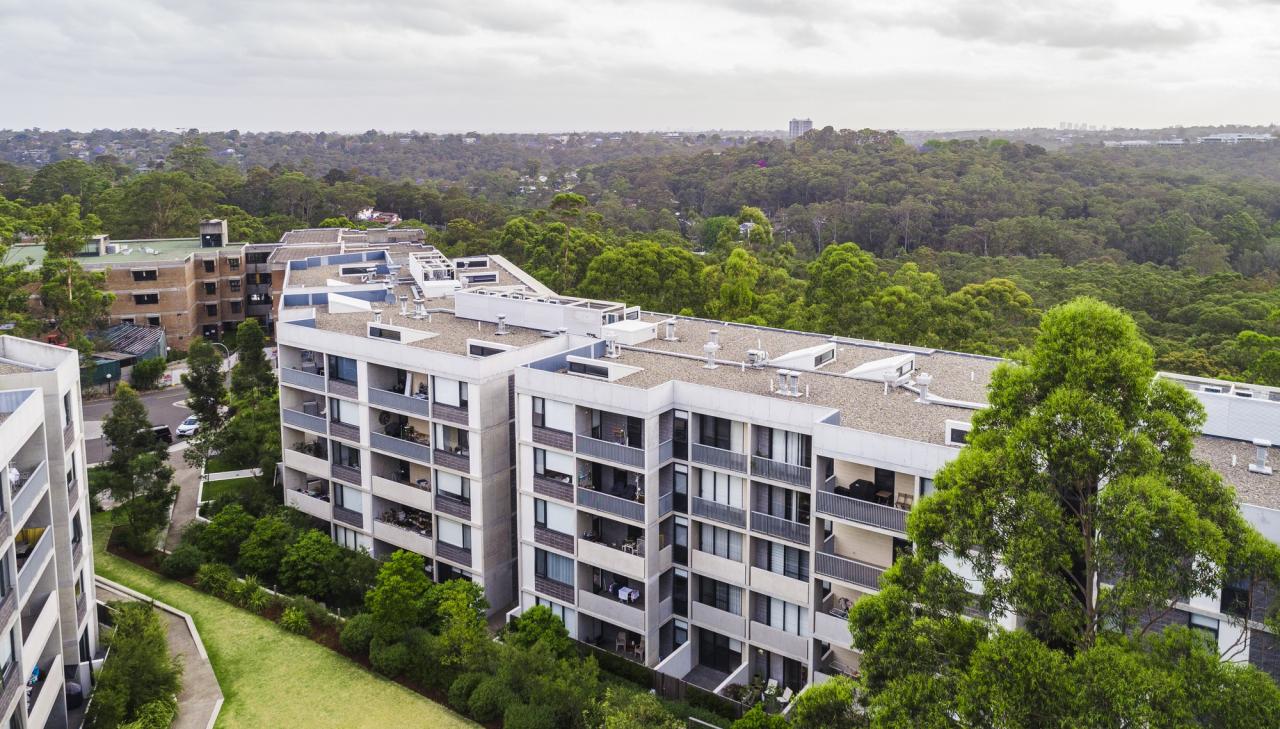High density housing can raise local concerns
Local residents often oppose new developments of higher density housing and increases in urban density. Sometimes this may be prompted by fear of change or a desire to protect personal private interests (such as preventing new buildings overshadowing existing homes). Sometimes concerns are about the quality of the higher density neighbourhoods or new apartment buildings planned.
Other concerns relate to the process of residential intensification, as places transition in density or from other uses.
What constitutes ‘quality’ and ‘good design’ for high density housing and neighbourhoods includes a range of factors:
- the amenity and comfort of residents of apartment homes
- the physical and environmental performance of apartment buildings
- the collective impact that multiple developments have on a neighbourhood.
What is a well-designed apartment?
Good apartments have the same qualities as any well-designed home:
- they create a sense of place and belonging
- there is adequate daylight and opportunity for natural ventilation
- there is enough space to carry out all the normal activities of daily household life, as well as storage space and access to outside
- there is adequate privacy (both visual and acoustic) but also the opportunity to connect with neighbours when residents choose, and the chance to enjoy some form of outlook.
Good apartments also perform well. They are comfortable to occupy, thermally efficient, minimise energy consumption and offer protection from loud or unwanted noise and hot sun.
Common areas of buildings also need to perform well. Corridors, stairs and lifts need to be and feel safe. It needs to be easy and safe to manage household waste and recycling. Larger apartment buildings also often contain shared facilities like rooftop gardens, a pool or gym.
Since the introduction of NSW State Environmental Planning Policy No. 65 (SEPP 65), and accompanying Residential Flat Design Code in 2002, most states have introduced policies and guidelines that set performance requirements and provide guidance on how to achieve good apartment design outcomes.
What is a well-designed high density neighbourhood?
Recent policies to achieve intensification of urban neighbourhoods (such as the ambitious housing growth targets being developed as part of Plan Victoria or the NSW Transport Oriented Development (TOD) program), raise the question of what is a high quality dense urban precinct?
There are two dimensions to this. The first relates to the experience of the public and pedestrians moving around and through a neighbourhood. Is it walkable? Are public spaces usable, attractive and safe? Is there sufficient public open space and local amenity to supplement the more limited private outdoor space associated with apartment living? Greater residential density can make places livelier and more diverse and able to sustain a greater mix of other uses and activities.
The second dimension relates to whether the increasing density is appropriate for the proposed neighbourhood. For example, this is highlighted in Principle 1 of the NSW policy Better Placed as ‘Better fit: contextual, local and of its place’. Managing the changes due to Intensification so as to deliver the best outcomes is one of the most difficult aspects of urban governance in Australian cities. Previous AHURI research has explored how the intensification process might be harnessed to deliver greater density while creating better place and housing outcomes.
What makes higher density housing ‘well built’?
As apartment development has become more common over recent decades, serious issues have emerged in the quality of some builds. There are also concerns about the overall effectiveness of the building regulatory system for these buildings. This has led to several Inquiries and legislative changes. NSW introduced new legislation and Victoria has begun a process of legislative change to provide stronger consumer protections.
Recent AHURI research investigated the need for a national roadmap to improve the building quality of Australia’s housing stock. The research highlighted that poor quality housing (regardless of level of density) with inadequate environment performance is a public health issue. It proposed a roadmap to raise quality in Australia to be in line with standard international practices.
The intensification process could be used as an opportunity to lift Australia’s housing quality. As old, poor performing housing stock is demolished and new homes are built, there is an opportunity to deliver these to a better standard, more in line with international practices.
Our next two briefs will explore what makes density ‘well-located’ and whether higher density housing is more affordable.




